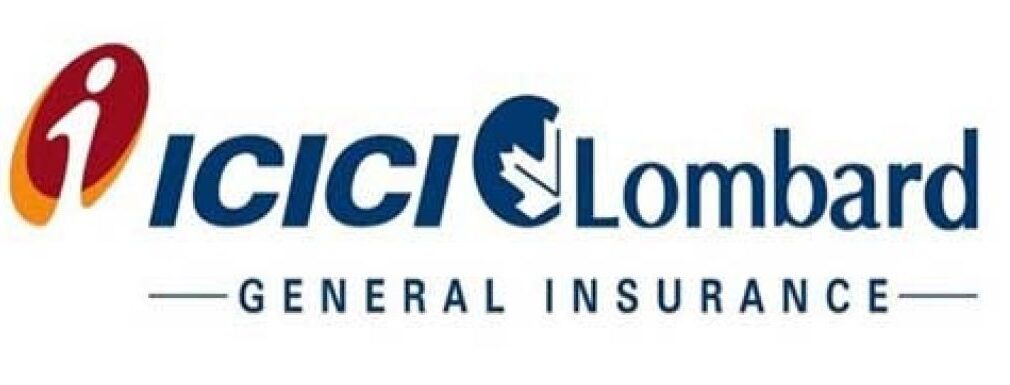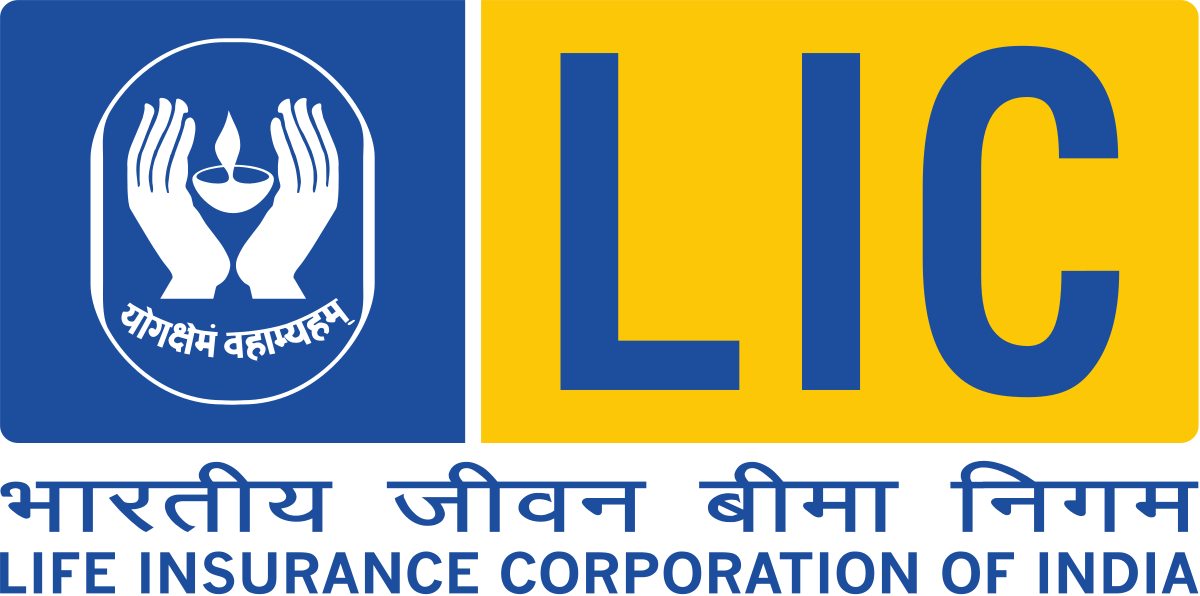Difference between Savings Bank Accounts and Current Accounts
Opening a bank account but not sure if you need a current account or a savings account? The answer to this is actually rather simple: If you need a bank account only to save money and to make payments for goods and services that you buy online, for things like dining, shopping, holidays, house rent and utility, entertainment or other bill payments, then in all likelihood, you need a savings bank account.
If you need a bank account that allows you to carry out business transactions, then you need a current account – it comes with the features that allow you to carry out business transactions easily. Let us explore the difference between a savings account and current account.

Transaction frequency for Savings Bank Accounts and Current Accounts
As you may have experienced if you ever tried to withdraw a very large amount, there are restrictions on the amount of money that can be withdrawn from a savings account and the number of transactions that can be carried out, in a single day.
With a current account, any number of transactions can be carried out in a day and there is no predetermined fixed amount beyond which withdrawals are not allowed in a single day.
Overdraft facility for Savings Bank Accounts and Current Accounts
An overdraft facility allows you to continue to withdraw funds even when your account balance has descended below zero. Interest is paid on the overdraft amount and there is a set limit for the overdraft facility. As you can imagine, this can solve any cash flow problems that a business might face. Overdraft facility is a form of credit that is extended on current accounts, but not on savings accounts.
Of course, you can get a credit card linked to your savings account (provided you meet eligibility criteria), if you find yourself in need of a credit facility.
Interest Rates for Savings Bank Accounts and Current Accounts
Savings accounts pay interest rates that vary between 2.5% to about 4%. Although they are often criticized in investment discussions, for paying a very low rate of interest, one has to acknowledge that the interest does amount to some amount of earnings, even if the amount is small, and might help the account holder’s savings keep up with inflation.
Current accounts do not pay out any interest to the account holder.
Target audience of Savings Bank Accounts and Current Accounts
Current accounts are designed for and marketed to businesses, including businesses run by a single individual. Trusts, clubs and Hindu Undivided Families may also open current accounts.
Savings accounts are targeted at regular salaried individuals as a means to secure their savings and make payments.
Purpose of Savings Bank Accounts and Current Accounts
A savings encourages people to save money and helps them keep their money safe. A person might add a savings account to a salary account to put money beyond reach as a means to reaching some financial goal. Despite their modest interest rates, savings accounts are also seen by some individuals as a safe and straightforward way to growing one’s savings slowly and steadily. They might eventually divert a lump sum saved up in their savings account towards a fixed deposit or some other investment. Some might also use small amounts from their savings account to make regular SIP payments into a mutual fund. And of course, savings accounts are also used to pay for food and drinks, entertainment, holidays, rent, education, fuel and other living and lifestyle expenses
A current account will be used to make supply chain payments and salary payments, utility, lease and other recurring expenses, relevant taxes and any other payables, and will be used to receive sales invoice payments.
Minimum balance Required for Savings Bank Accounts vs Current Accounts
Both accounts require account holders to maintain a minimum balance, failing which they are liable to pay penalties. However, the minimum balance for savings accounts can be modest, depending on the bank and the type of account (and some varieties even come with a zero balance facility). Current accounts, however, usually come with a very high minimum balance requirement.
Document requirements for Savings Bank Accounts vs Current Accounts
For a savings account, you typically need only proof of identity, address, age and a couple of attested photographs and signed forms.
For a current account you will at least be required to show the company’s PAN and the document list gets longer for larger companies or partnerships.
Types of Savings Bank Accounts and Current Accounts
There are various types of savings accounts – regular savings accounts, savings accounts for seniors, savings accounts for pensioners, savings accounts for women, savings accounts for premium customers, salary accounts. Some banks also have special cards for defense and government workers.
There is only one type of current account, although document requirements might vary depending on whether you are an individual, or a sole proprietorship, or a trust or a Hindu Undivided Family, or a Partnership or a limited liability partnership.
Conclusion:
This list of differences should have helped you to differentiate between a savings account and a current account. By now you definitely know which one is appropriate to your needs. You can opt for online savings account opening and current account opening – or more precisely, you can start the process online, but will need to step into the branch for one part of the process.





























